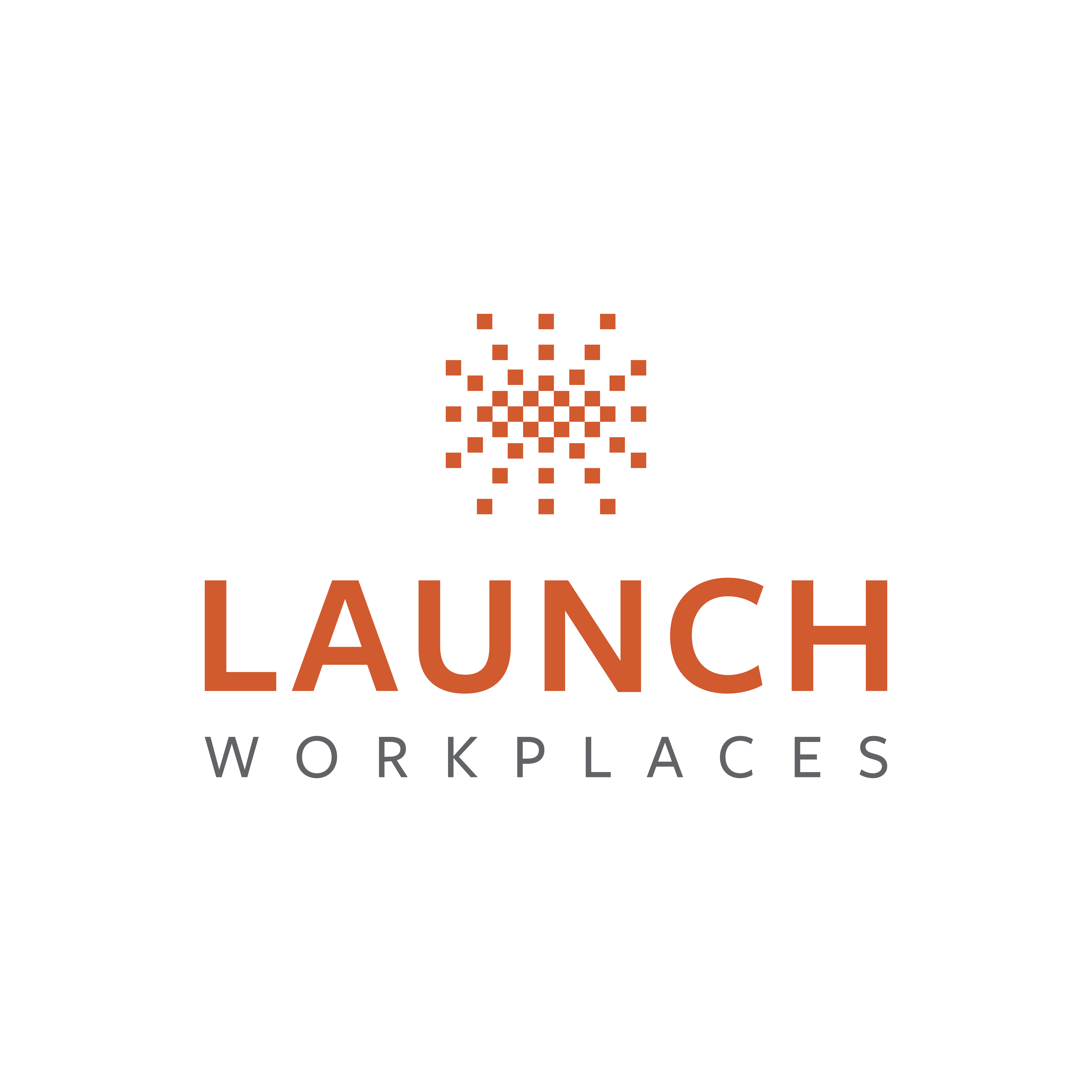Hot desking is a flexible workspace model where employees don’t have assigned seats. Instead, they choose from any available desk in a shared area when they arrive, first-come, first-served. This approach maximizes space efficiency and supports hybrid work schedules by eliminating empty, underutilized desks.
The concept has gained serious traction as more companies embrace remote and hybrid work models.
If you or your team aren’t in the office five days a week, why pay for desks that sit empty most of the time?
Hot desking offers a practical solution that aligns workspace with actual usage patterns.
But is it right for your business? And how does it actually work in practice?
Let’s break down everything you need to know about hot desking, from its origins to its benefits, limitations, and how to determine if it fits your needs.
What is hot desking?
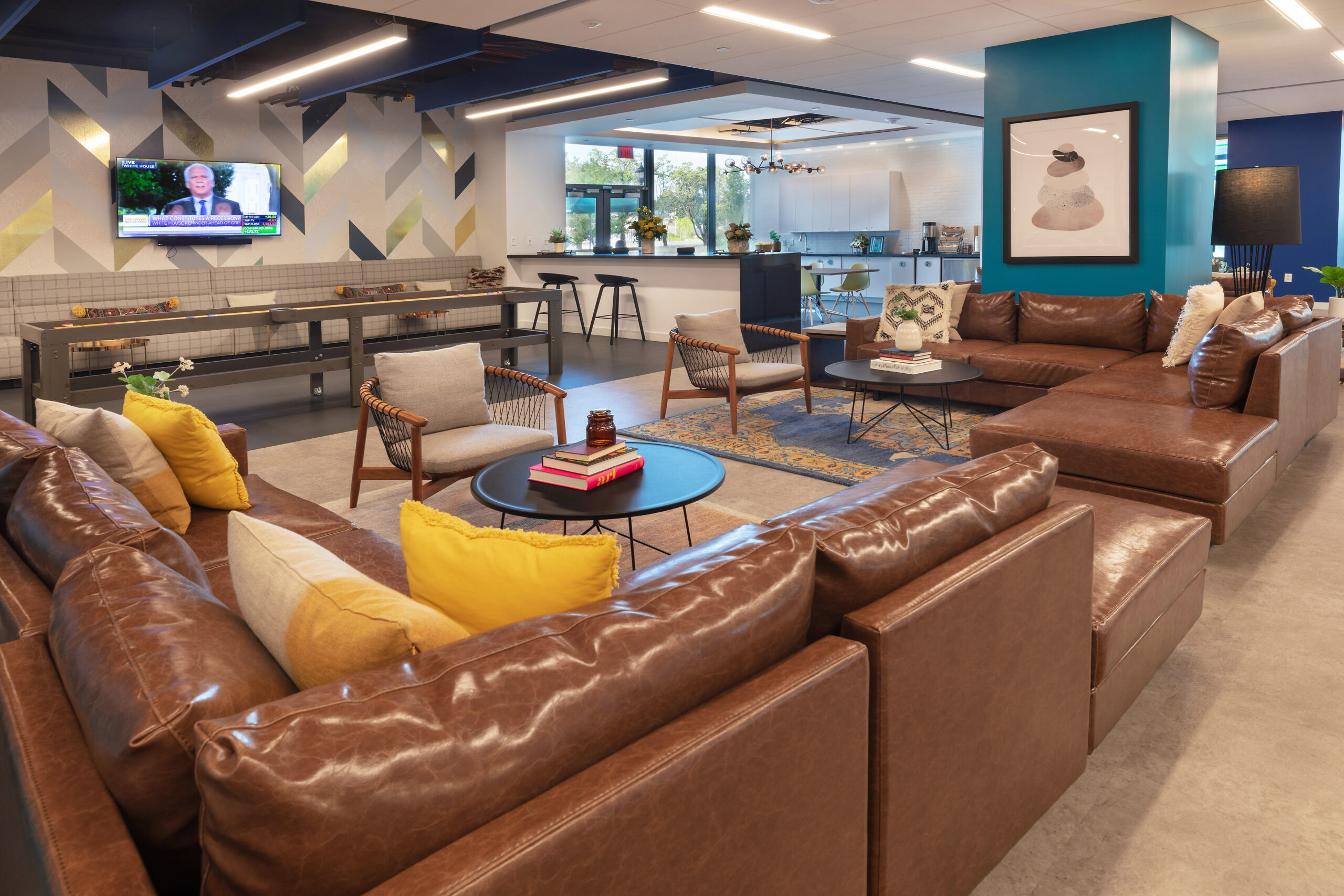
At its core, hot desking eliminates the traditional concept of assigned seating. Instead of “Susan’s desk” or “the marketing team’s corner,” you have open workspace where anyone can sit on any given day.
Think of it like a coffee shop that was actually designed for getting work done, minus the sticky tables, unreliable WiFi, and guilt about camping out for six hours on one overpriced latte.
In coworking spaces, hot desking typically means you purchase a membership that grants you access to the shared workspace during business hours (or 24/7, depending on your membership tier).
You show up, find an available desk, plug in your laptop, and get to work. At the end of the day, you pack up your belongings and leave the desk clean for the next person.
This model works particularly well for:
- Remote workers who need a professional environment outside their home
- Hybrid teams where different employees work in-office on different days
- Freelancers and solopreneurs seeking a legitimate business presence without hefty overhead
- Satellite teams that need occasional workspace in multiple locations
- Growing companies that need flexibility as their headcount fluctuates
The beauty of hot desking lies in its adaptability. Your workspace scales with your actual needs rather than forcing you into rigid long-term commitments.
Why is it called hot desking?
The term “hot desking” has military roots. It comes from the Navy practice of “hot racking,” where sailors on different shifts would share the same bunk.
When one sailor finished their shift and left the bunk, it was still warm—or “hot”—when the next sailor climbed in.
Similarly, in hot desking environments, a desk might be used by one person in the morning and another in the afternoon.
The desk stays “hot” with continuous use throughout the day.
While the name might sound a bit odd (and hopefully your desk isn’t literally warm from the previous occupant), it perfectly captures the essence of the concept: maximizing resource utilization through shared, rotating use.
How hot desking works and what you get with one
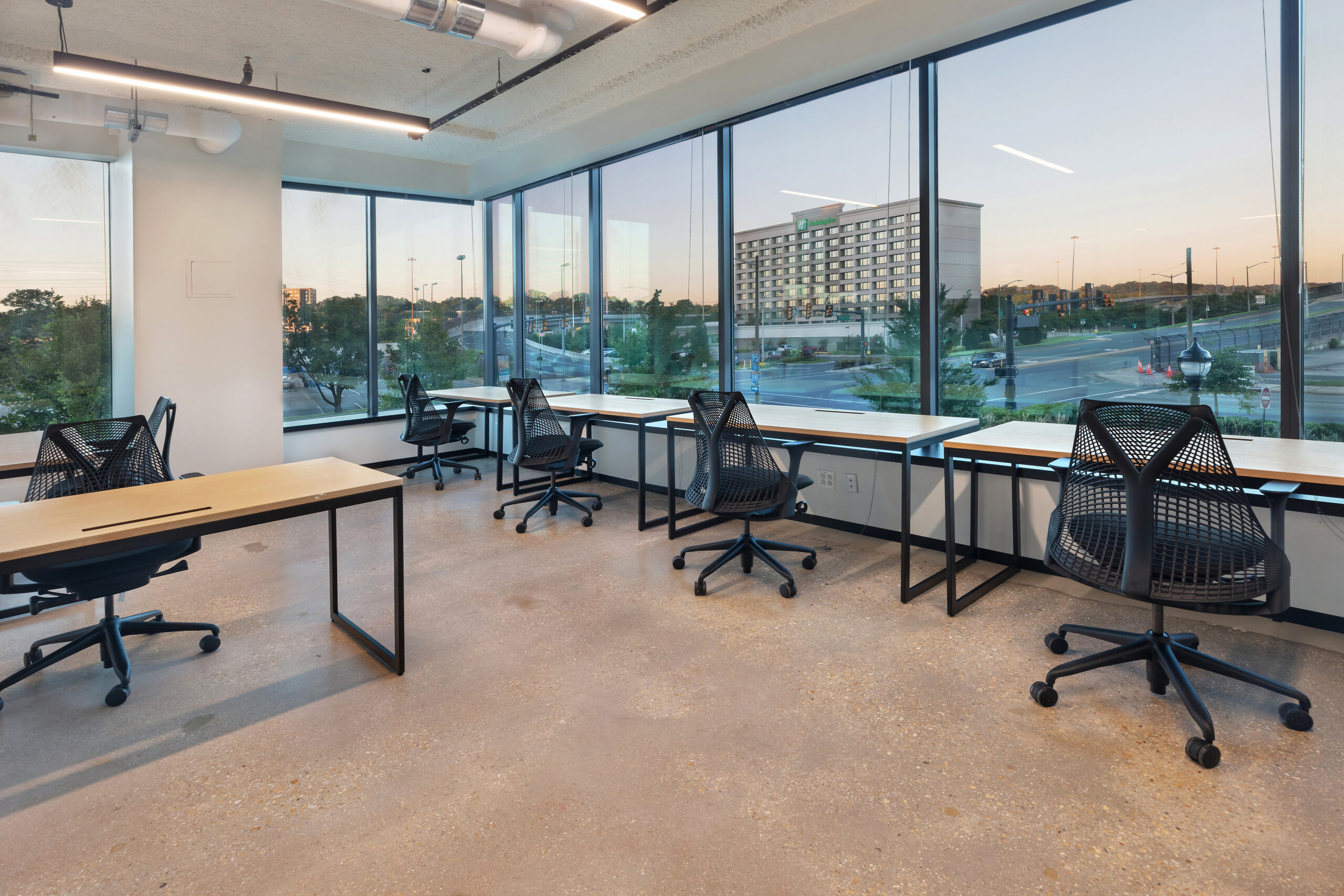
Hot desking isn’t just about showing up and grabbing any empty chair. Well-designed hot desking environments provide the infrastructure and amenities you need to work effectively from any spot in the space.
Access to power outlets
Every hot desk should include convenient access to power outlets, because nothing kills productivity faster than a dying laptop battery and a frantic search for an available plug.
Quality hot desking spaces ensure each desk has easy access to power, often with built-in outlets or power strips that make it simple to plug in and get started.
Bookable meeting rooms
Hot desking works great for heads-down work, but what about when you need to hop on a video call or meet with a client?
That’s where bookable meeting rooms come in.
Most coworking spaces offering hot desking also provide access to private meeting rooms you can reserve by the hour.
This gives you privacy when you need it while maintaining the flexibility of hot desking for your regular work.
Printing, scanning, and copying facilities
Despite our increasingly digital world, sometimes you still need to print, scan, or copy documents. Hot desking environments typically include shared printing facilities accessible to all members.
Rather than each person needing their own printer (and dealing with the inevitable paper jams and toner replacements), you have access to professional-grade equipment maintained by on-site staff.
Storing personal items
One of the most common concerns about hot desking is simple: where do I put my stuff?
With hot desking, you’ll want to keep your essentials with you. Think laptop, notebook, charger, and anything else you need for your workday.
Most hot deskers find this minimalist approach actually helps them stay focused. You can typically hang a jacket or coat nearby, but the general principle is to travel light and take everything home at the end of your session.
This encourages a more streamlined, intentional approach to your workday. You learn quickly what you actually need versus what just accumulates in desk drawers.
Technology and internet
Fast, reliable internet is non-negotiable for hot desking. You need to be able to show up, connect to WiFi, and start working immediately without technical headaches.
Quality hot desking spaces provide enterprise-grade internet with speeds that support video conferencing, large file transfers, and cloud-based applications.
Some spaces also offer access to monitors, keyboards, and other peripherals that make hot desking more comfortable for extended work sessions.
Bathrooms, kitchens, and other common areas
Hot desking memberships typically include full access to all common areas and a full suite of amenities—stocked kitchens with complimentary coffee and tea, comfortable lounges for informal meetings or breaks, and well-maintained restrooms.
These shared amenities are part of what makes hot desking cost-effective.
Rather than maintaining your own kitchen and break room (or buying one of those aforementioned overpriced lattes), you share access to high-quality facilities.
Private space when needed
Even in a hot desking environment, you sometimes need complete privacy. Whether it’s a confidential phone call, a difficult conversation, or just the need for absolute quiet to focus on a complex project, access to private spaces is essential.
Look for hot desking options that include access to phone booths for calls and quiet rooms for focused work. This layered approach—open workspace as your default, private space when you need it—gives you the best of both worlds.
9 of the big benefits of hot desking
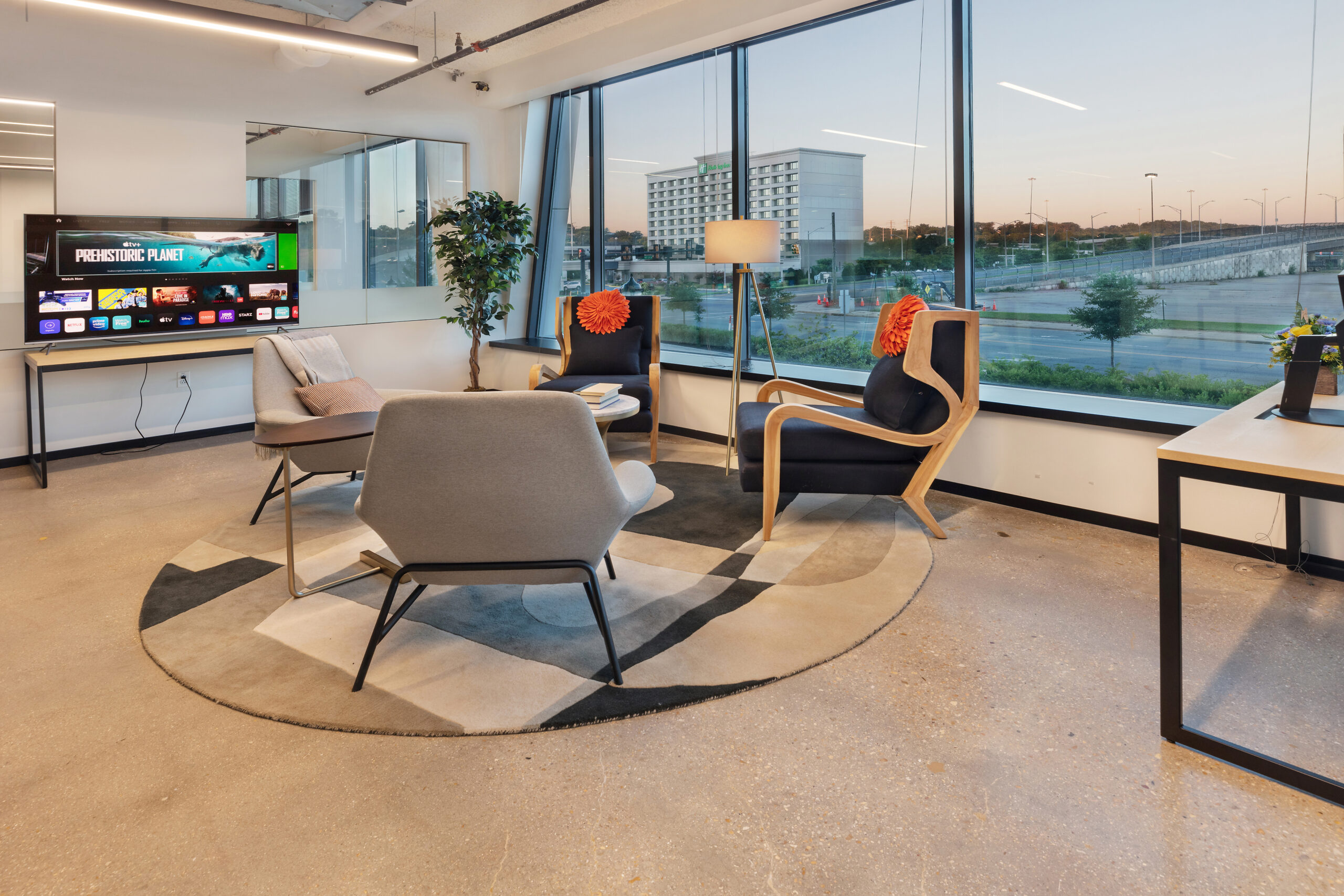
Hot desking has gained popularity for good reason. When implemented thoughtfully, it offers significant advantages for organizations and individual professionals alike.
1. Improved space utilization
For businesses managing hybrid teams, traditional office space sits empty a shocking amount of the time. With hybrid work schedules, many desks are unused three or four days per week. Hot desking solves this problem by matching workspace to actual usage.
Rather than maintaining individual desks that sit empty most of the week, hot desking allows you to right-size your workspace footprint while still providing everyone access when they need it.
2. Cost savings
For businesses, smaller space requirements translate directly to cost savings. When you’re not paying for desks that sit empty most of the week, you can redirect those resources toward things that actually matter—better talent, improved technology, or team development.
For independent professionals and solopreneurs, hot desking memberships are typically the most affordable flexible workspace option, providing access to professional facilities without the overhead of maintaining your own office.
3. Better employee relationships
When you don’t have assigned seating, you naturally interact with different people throughout the week.
That developer who always sits in the back corner? You might find yourself working next to them on Tuesday, leading to unexpected collaboration.
Hot desking breaks down the invisible barriers that form when teams always sit in the same areas. It encourages cross-functional communication and helps employees build relationships across departments.
This same spirit applies for solopreneurs looking to make new connections and add a social element to their workdays.
4. Improved collaboration
For remote professionals or solopreneurs working in coworking spaces, hot desking means exposure to people from completely different industries and backgrounds.
The designer sitting next to you might have insights that help with your own project, or you might discover complementary skills that lead to future collaboration.
For teams, hot desking fosters spontaneous collaboration by preventing departmental silos. When you’re not physically separated from other teams every day, you’re more likely to share ideas and discover overlapping projects.
5. Cross-company cohesion
In coworking spaces, hot desking means sitting alongside professionals from completely different companies and industries. This creates unexpected networking opportunities and exposes you to diverse ways of thinking.
You might sit next to a marketing consultant one day and a software developer the next. These interactions can lead to valuable connections, new clients, or simply fresh perspectives on your own work challenges.
6. Employee satisfaction
Flexibility is one of the top priorities for today’s workforce. Employees want options, like the ability to work from home some days and come into a professional workspace on others.
Hot desking supports this flexibility by providing access to quality workspace without requiring anyone to be there full-time.
For many employees, this balance of autonomy and access leads to higher job satisfaction.
If you’re a solopreneur, you already know how this goes: three days a week, you might want to be in a polished, professional workspace. For the other two, you might prefer sweatpants and couch work.
Hot desking gives you that option.
7. Efficiency
Hot desking encourages efficiency in unexpected ways. When you know you’ll be packing up at the end of the day, you become more intentional about what you bring and how you organize your work.
You also tend to be more focused during your time in the space.
There’s something about the temporary nature of hot desking that creates a sense of purpose: you’re here to work, not to accumulate clutter or get too comfortable.
8. Hybrid work flexibility
Hot desking is practically purpose-built for hybrid work models. It gives employees the freedom to choose when they come into the office based on their actual needs rather than arbitrary requirements.
Need quiet time to write that report? Work from home. Have back-to-back meetings or collaborative sessions? Come into the hot desking space. This flexibility helps employees optimize their productivity based on the work they’re doing each day.
9. Workplace hygiene
Because hot desks change users regularly, they typically get cleaned more frequently than traditional assigned desks.
Most hot desking spaces have policies requiring users to wipe down their desks at the end of each session, and cleaning staff maintain common areas throughout the day.
This shared responsibility for cleanliness creates a more hygienic environment than the traditional office, where individual desks might go weeks without a deep clean.
3 potential limitations of hot desking (and what to do instead if these apply to you)
Hot desking isn’t perfect for everyone or every situation. Understanding the limitations helps you determine whether it’s the right fit for your needs.
1. Lack of personalization and comfort
You can’t personalize a hot desk. No family photos (unless you pack them in your bag each day), no favorite coffee mug collection, no perfectly adjusted chair that knows the exact contour of your back.
For some people, this lack of personal space is a dealbreaker. They need that sense of “this is mine” to feel settled and productive.
If personalization matters to you but you still want the flexibility and cost-effectiveness of shared workspace, consider a dedicated desk instead.
You get your own permanent spot in a coworking space that you can customize while still enjoying shared amenities and a professional environment.
It’s the middle ground between hot desking’s pure flexibility and a private office’s complete personalization.
2. Potential for disruption and noise
Open workspace can mean open noise. While hot desking spaces aren’t typically as loud as coffee shops, you will hear conversations, phone calls, and the general ambient sound of other people working.
Some people thrive in this environment—they find the background activity energizing and motivating. Others need complete silence to focus effectively.
This is where the quality of your coworking space really matters.
Great coworking providers have guidelines in place to help ensure it’s a productive working environment for everyone, such as:
- Designated quiet zones
- Clear expectations around noise level
- Enough variety in workspace types that you can find what works for you
- Soundmasking elements that help suppress sound
If you’re considering hot desking, book a tour before committing to a membership. Spend an hour or two working in the space to get a feel for the noise level, the culture, and whether it matches your work style. What works brilliantly for one person might be distracting for another, and there’s no substitute for experiencing it firsthand.
Most hot desking spaces also offer solutions through phone booths for calls, quiet zones for focused work, and access to meeting rooms when you need complete privacy. But if you require absolute silence all day, every day, hot desking might not be your ideal solution.
Pro tip: When you’re researching a coworking space, ask about a low-cost day pass, so you can actually immerse yourself in that environment before committing to a membership.
3. Tech and storage challenges
Hot desking means being mobile. You can’t leave a second monitor at “your desk” or keep a stash of supplies in your drawer because you don’t have a drawer.
For people with specialized tech needs, like multiple monitors, specific keyboards, drawing tablets, or other equipment, this can be limiting.
You either need to bring everything with you each day or stick with a more minimalist laptop-only setup.
Again, if this is a significant limitation for you, a dedicated desk or private office might be the better choice. These options allow you to set up your ideal workspace and leave it configured exactly how you want it.
Is hot desking right for you?
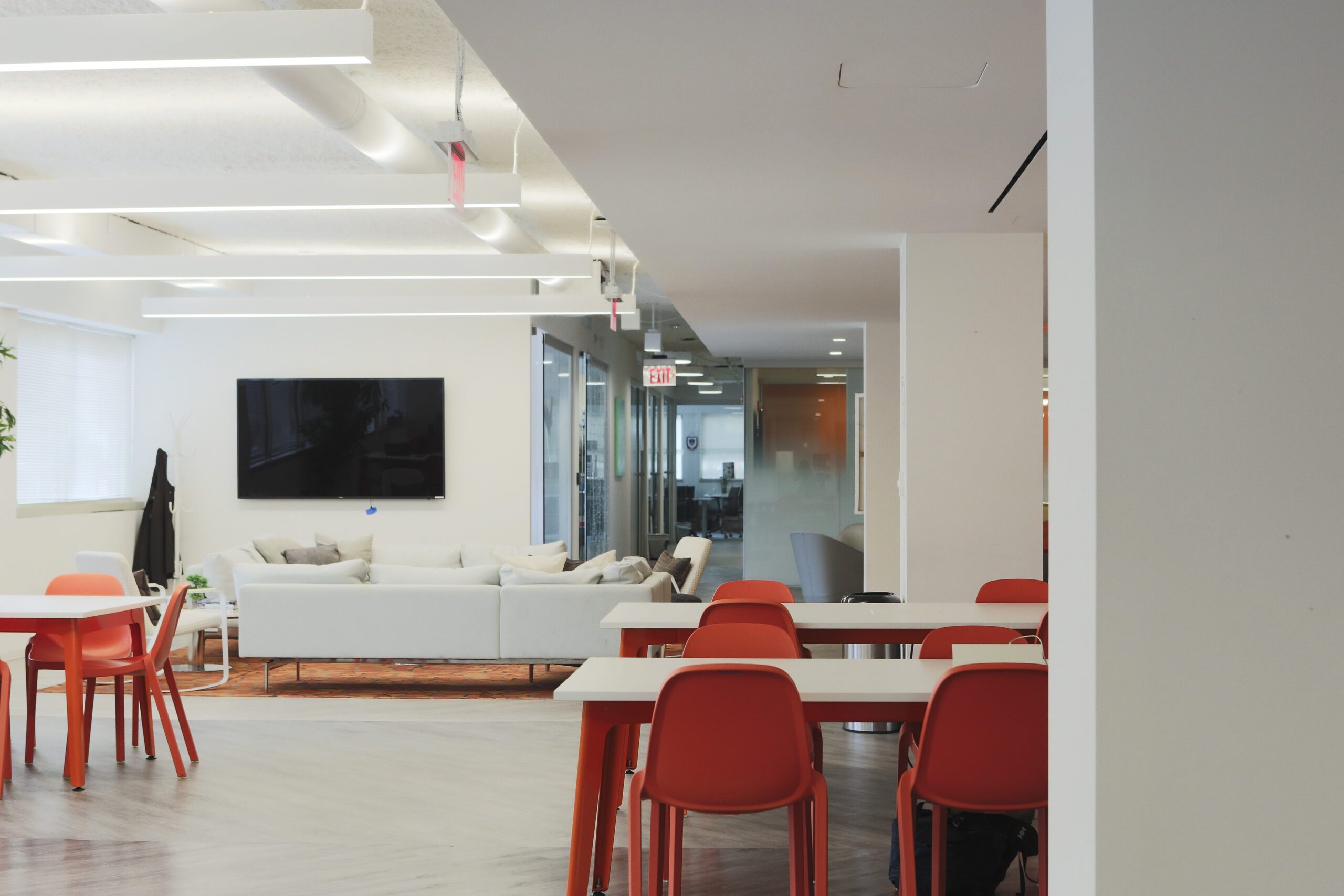
Hot desking works brilliantly for some situations and less brilliantly for others. Here’s how to determine if it’s the right fit for you or your organization.
Hot desking is ideal for businesses if you:
- Manage a hybrid or remote team that needs occasional workspace
- Want to reduce real estate costs without eliminating office access entirely
- Need workspace flexibility as your team grows or contracts
- Have employees who work in-office on rotating schedules
- Want to provide professional workspace options without long-term lease commitments
Hot desking is ideal for individuals if you:
- Work primarily from a laptop without specialized equipment
- Value flexibility and cost-effectiveness over having a permanent assigned spot
- Enjoy variety and the opportunity to work in different spots
- Want access to a professional workspace without home office isolation
- Need workspace in multiple cities or locations
- Are comfortable with a minimalist, mobile work setup
Hot desking might not work if you:
- Need to leave specialized equipment or multiple monitors set up
- Require complete quiet and privacy throughout your entire workday
- Work with sensitive documents that can’t be packed up daily
- Strongly prefer having “your spot” with personal touches
- Have a team that needs to sit together in the same area every day
Consider a dedicated desk if you: Want most of the benefits of hot desking—flexibility, shared amenities, professional environment, cost-effectiveness—but need your own permanent spot that you can personalize and leave set up. Dedicated desks give you a reserved space in a shared area that’s always yours.
Consider a private office if you: Need complete privacy, have a small team that works together closely, require space for confidential conversations, or want the ability to fully customize your environment and leave everything set up exactly as you like it.
The good news? You don’t have to choose forever. Many coworking spaces offer month-to-month memberships, allowing you to start with hot desking and scale up to a dedicated desk or private office as your needs evolve.
At Launch Workplaces, hot desking memberships start at an affordable monthly rate and include access to all amenities:
- High-speed WiFi
- Printing and scanning
- Complimentary coffee and tea
- Bookable meeting rooms
- On-site support staff
You can drop in during business hours or opt for 24/7 access depending on your membership tier.
We also have multiple locations throughout Maryland, Washington DC, and Virginia, so if you’re traveling or need workspace in multiple cities, your membership gives you that flexibility.
Ready to experience hot desking for yourself? Book a tour at your nearest Launch Workplaces location and see how our hot desking spaces support focused, productive work in a professional environment.
Frequently asked questions about hot desking
What is the concept of hot desking?
Hot desking is a workspace arrangement where employees don’t have permanently assigned desks. Instead, they use any available desk in a shared area on a first-come, first-served basis. The term comes from the military practice of “hot racking,” where sailors on different shifts shared bunks. Hot desking maximizes space efficiency by eliminating underutilized desks, making it particularly effective for hybrid work environments where not all employees are in the office simultaneously.
What are the rules for hot desking?
Hot desking rules vary by location, but common expectations include: cleaning your desk at the end of each session, keeping noise levels professional and considerate, storing personal items appropriately rather than leaving them at desks overnight, respecting others’ workspace and focus time, and booking meeting rooms for phone calls or video conferences. Most hot desking spaces also have policies around appropriate use of shared amenities and equipment. The goal is to create a productive environment for everyone sharing the space.
How popular is hot desking?
Hot desking has grown significantly with the rise of hybrid and remote work. Studies show that organizations increasingly choose hot desking models to reduce real estate costs while maintaining workspace access for their teams. The coworking industry’s growth—from a handful of spaces a decade ago to thousands globally today—demonstrates hot desking’s popularity. It’s become particularly common in tech companies, startups, and organizations with distributed teams, though adoption spans virtually every industry.
Is hot desking good for mental health?
The impact of hot desking on mental health varies by individual. For some people, the variety and social interaction of hot desking reduces isolation and increases energy. The flexibility to choose different spots and interact with diverse colleagues can be stimulating and engaging. However, others find the lack of a permanent space and the constant changes stressful. The key is matching the workspace model to your personality and work style—if you thrive on variety and flexibility, hot desking can be positive for your wellbeing. If you need stability and routine, a dedicated desk might serve your mental health better.

